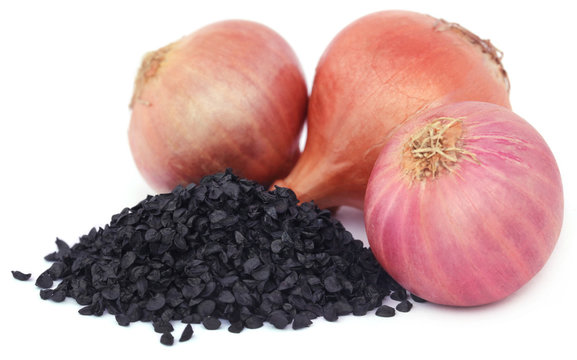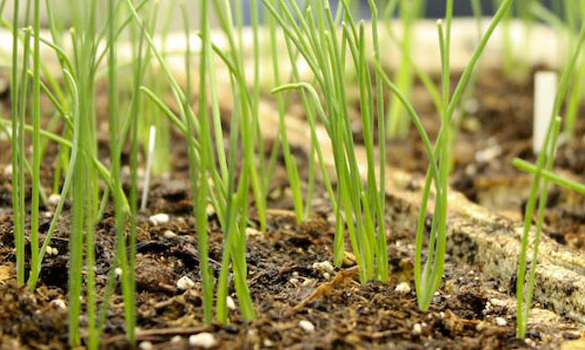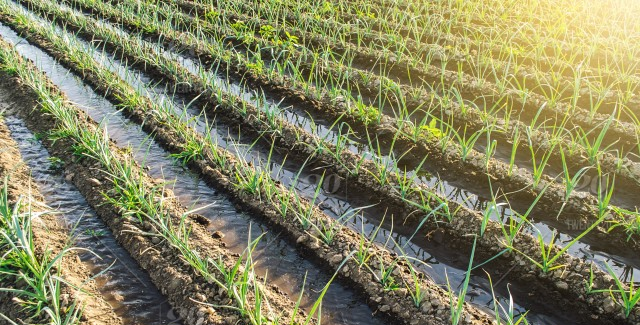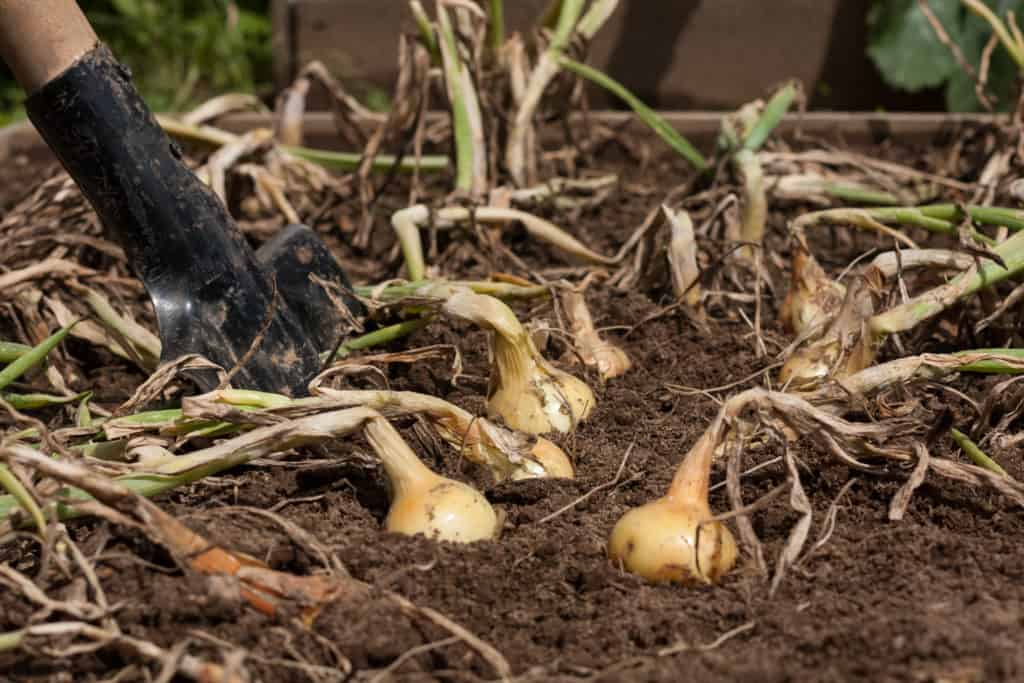Onion Growth and Production Techniques for Increased Yield Per Acre
Onion, which is one of the important crops of the country, is used as a vegetable and in combination with other vegetables to add flavour and taste. It has many health benefits such as the onion eliminates bad cholesterol thus reducing the excess fat accumulation around the liver. Onions also contain high amounts of vitamin C and beta carotene.
While onion seems to be a simple vegetable which is cheaper (mostly), most available and no wonder the star of many dishes. The complexity of selecting, growing, storage, and processing of onion is surprisingly large. Whether your concern may be of the flavour, size, colour or an increased yield , this guide of onion cultivation will help you make appropriate decisions.
The soils and climate of Maharashtra, Karnataka, Madhya Pradesh, Gujarat, Bihar, Andhra Pradesh, Rajasthan, Haryana and Telangana are suitable for onion cultivation and can be cultivated both as kharif and rabi season crops.

Cultivation of onion
Time of Sowing
Onion is cultivated from June-July to October-November as the kharif season crop whereas November-December to April as the Rabi season crop, Onion can also be cultivated as the summer crop in January- February.
ALSO READ: WESTERN THRIPS OR BLACK THRIPS TO CROSS ECONOMIC THRESHOLD LEVEL
Choosing the Quality Onion Seeds
Three types of onions are usually cultivated in India for commercial purposes. The type of cultivar depends upon the seed variety we use. Some of the popular varieties of onion include Nasik Red, Prerana, XP Red onion, Gulmohar, Prema Onion, Marshal onion. However the most selling varieties of onion in recent times are Ganga putra and Ganga Prabha.
It is also important to prefer high quality seeds for getting better yields. Mahyco seeds, Kaveri seeds, Nuziveedu seeds, Rasi seeds, Krishna Sandhan seeds, Bayer and Syngenta seeds are some of the top most seed companies which supply high quality seeds.
Seed Rate - 3 - 4 KG per acre

Onion Seeds

Onion Nursery
Nursery Management
- Soil should be ploughed to a fine tilth, Nursery beds of 120cm height and 3 m long are considered for sowing seeds.
- 3-4 kg seeds are sown in 200-250 sq.m of land which would be sufficient to be transplanted for one acre.
Planting
Seedlings are available for transplanting in 35-40 days after sowing (DAS) for Kharif and 45-50 days after sowing for late Kharif and Rabi seasons.
Care should be taken to leave the space of 30 cm in between the rows while planting the seedling.
Kharif crop should be planted in the first half of August and rabi crop in the first half of December.
Tip
Dipping the seedlings in 1% Bordeaux mixture prevents seed rot.

Seedlings ready to be harvested in the main field
Soil Types
Onion can be cultivated in a wide range of soils like clayey soils, loamy soils, and heavy soils, Ideally onions grow well in red to black loamy soils with good drainage capacity , soil must be rich in organic matter with good water holding capacity, hence it is important to add organic manure like FYM, compost and poultry manure to the soil.
The pH of the soils must be between 6.0 to 7.5 beyond which the survival of crops is not possible.
Weed Management
- Fluchloralin 45% must be sprayed @ 1000ml per acre of land before sowing (or)
- Spray pendimethalin 30% @1.3 to 1.6 litres per acre or oxyfluorfen 23.5% @ 200ml/acre before sowing (or)
- Spray oxyfluorfen 23.5% @ 200 ml per acre 2-3 days after planting, care should be taken that enough moisture is present in the soil.
Fertilizer Management
For better yields application of 10 tons of FYM and 60-80 kg 0f nitrogen , 24-32 kg of phosphorous and 24 kg of potash per acre are applied
Nitrogen should be applied in two doses (at planting and 30 days after planting).
ALSO READ: EFFECTIVE METHODS TO CONTROL SUCKING PESTS IN TOMATO FIELDS

Irrigation in Onion Field
Irrigation
Irrigation should be given at the time of planting of seedlings and on the third day and later at weekly intervals. Irrigation should be stopped 15 days before harvest.
Harvesting
The bulb is ready for harvest in 3 to 4 months after transplanting. The neck fall is a major maturity index for harvesting onion.The best time for harvesting onion is to check if the tops are broken upto 60% Harvesting is done by pulling out plants when tops are drooping while they are still green.

Harvesting onion bulbs
Onion yields are higher where early leaf cover is produced and then the fields are maintained for a long period prior to bulb formation. Generally kharif season crop gives upto 80-100 quintal/acre and the rabi crop gives upto 120-140 quintal/acre, maintaining field sanitization, following proper cultivation steps would facilitate higher yields, . It is also important to keep the crop away from the attack of pests and diseases, onion is prone to thrips attack hence it is recommended to follow all precautions to avoid the attack of thrips which cause heavy crop losses for more information on pests and diseases of onion, download Jai Ho Kisan mobile app.